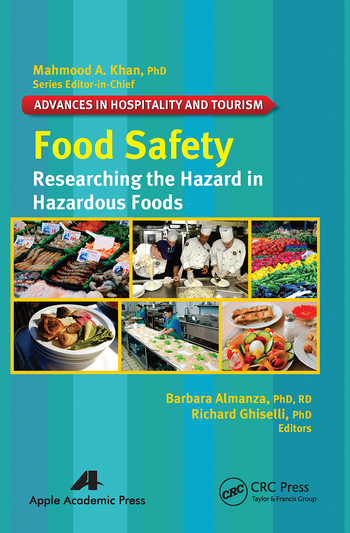Polyphenol Power
A diet rich in polyphenols significantly improved glucose metabolism in individuals at high risk for diabetes and cardiovascular disease.

Lead investigator Dr. Lutgardo Bozzetto (University of Naples Federico II, Italy), who presented the results at the European Atherosclerosis Society 2014 Congress (EAS 2014), said that the foods selected for polyphenol content come from a variety of sources and the diet is one that patients found relatively easy to maintain.
"It's a diet that is realistic for these high-risk patients," she noted.
The study of polyphenols has been popular for some time now, with study after study touting the benefits of coffee, green tea, or dark chocolate. The compound, which occurs naturally in certain foods, has been suggested to lower cardiovascular risk factors, lower the risk of diabetes, prevent certain cancers, and even positively affect the brain. Bozzetto noted that observational studies and animal models have shown that diets rich in polyphenols might work in one way by improving glucose metabolism.
In the present study, they randomized 45 patients to one of four diets: a standard control diet that was low in omega-3 fatty acids and polyphenols, a diet rich in omega-3 fatty acids, a diet rich in polyphenols, and a diet that included omega-3 fatty acids and polyphenols. All patients were overweight or obese, with a body-mass index >30.
Although individuals lost more weight on the eight-week omega-3-fatty-acid–enriched diet, there were significantly greater improvements in plasma glucose and plasma insulin levels with the polyphenol-enriched diet during an oral glucose tolerance test. The improvement in glucose metabolism was observed only in those who consumed the polyphenol-enriched diet. As the investigators noted, the polyphenol content of the polyphenol-enriched diet was slightly higher than that of the diet that included polyphenols and omega-3 fatty acids.
The investigators also observed improved beta-cell function among those eating the diet rich in polyphenols, while glucose absorption was improved in both groups of individuals who received polyphenols as part of their diet.
Bozzetto said this particular mechanism of action with polyphenols is similar to drugs used in the treatment of diabetes. However, rather than wait until the patient is diagnosed with the metabolic disease, a diet rich in polyphenols could be used as a preventive strategy. She noted, however, that the present study is small and of short duration. Larger trials with longer follow-up will be needed to validate these findings, she said.
A second study presented during the session looked at the effects of a grape seed and olive extract on vascular function[2]. The extract, which includes polyphenols from the olive and catechins and proanthocyanidins from the grape seed, was tested in 72 healthy men and women. The catechins and proanthocyanidins are known to have antioxidative, antihypertensive, and anti-inflammatory effects, said lead investigator Dr Masaru Kominami (Suntory Institute for Health Care Science, Osaka, Japan).
After four weeks, the olive/grape-seed extract increased flow-mediated dilation (FMD) by 0.52% in the treatment arm, while FMD declined 0.09% in the control arm. The researchers also saw improved measures of antioxidation and a slight reduction in C-reactive-protein levels.
Dr Gabrielle Riccardi (University of Naples Federico II), who commented on the study when it was presented at EAS 2014, said the findings are similar to what is achieved with a Mediterranean-style diet, but because investigators did not analyze the grape seed and olive extracts separately, there is no way to tell which compound is providing the benefit.
Looking for a reprint of this article?
From high-res PDFs to custom plaques, order your copy today!





